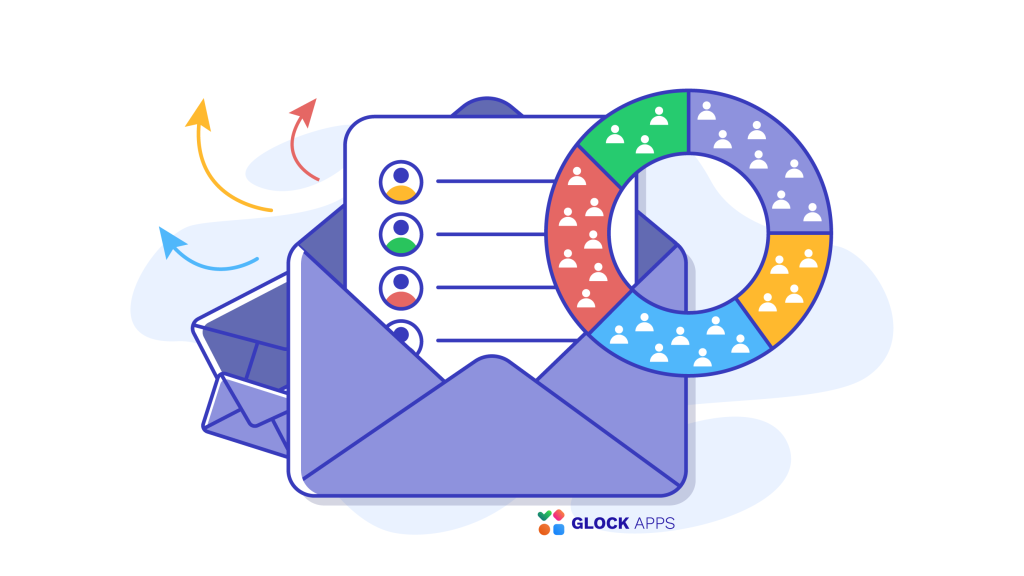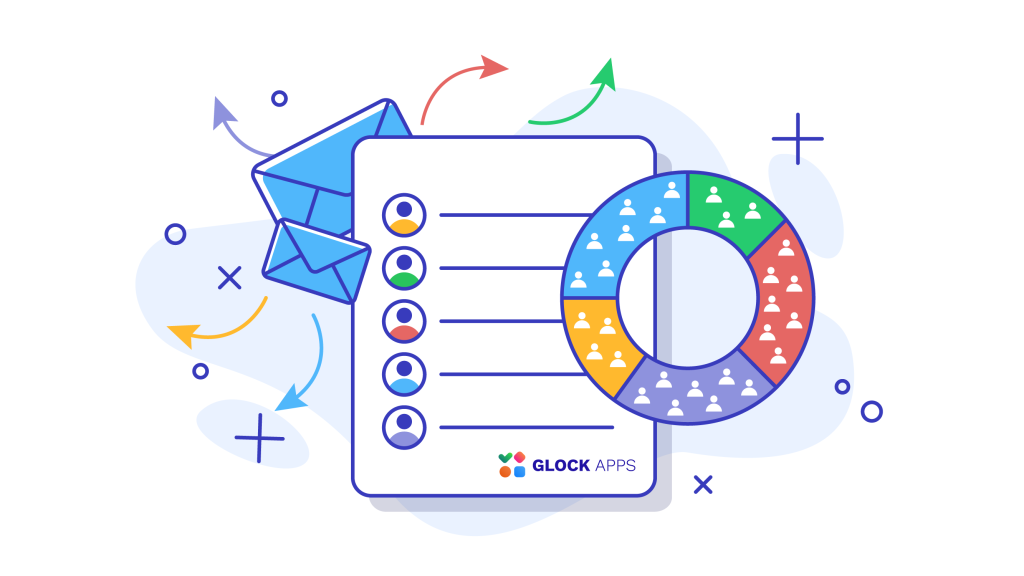Email List Segmentation: Latest Strategies & How to Get Started

Having a large email list often means accumulating diverse individuals with different interests. That’s why segmentation is vital as it allows you to target specific recipients interested in particular email content. Personalized emails must have tailored content that is relevant to the unique preferences of each subscriber.
There is a multitude of creative methods of segmenting your email list and crafting unique and impactful campaigns that engage leads and customers. Whether it’s based on geographical location, content preferences, or industry specifics, there are many different approaches to segmentation. Gathering more recipient information opens up more opportunities to customize your emails, ensuring they resonate perfectly with your audience.
Benefits of email list segmentation:
· Campaign results optimization and better overall performance
· Improved deliverability, reducing the likelihood of being marked as spam
· Reducing unsubscribe rates
· Building strong connections with recipients
· Increasing ROI
· Collecting better customer data that helps to understand your target audience
Email Segmentation Best Practices
The main goal of segmentation is to provide more relevant content to your subscribers. Therefore, customization of your email campaigns becomes essential, ensuring that each letter resonates with different segments of the audience, leading to higher engagement and better results.
Email segmentation examples:

- Demographic (age, gender identity, job type, income level).
- Geographic (country, region, city, time zone, language).
- Psychographic (customers’ social status, lifestyle, beliefs, values, activities, interests and opinions, and other psychological criteria).
- Behavioral (specific recipient’s actions or their absence, session frequency, consumption habits).
- Technographic (preferred software, technologies, desktop or mobile devices).
Let’s dive deeper and find more ideas on how to manage an email list.
Latest Email Marketing Segmentation Strategies

1. Customer journey-based dividing according to different levels of familiarity and interaction with your company.
Dividing your subscribers into groups by their specific lifecycle stage and creating targeted email newsletters is an essential step in building long-lasting relationships with your clients.
2. Purchase history-based categorizing, which means paying attention to buyer persona.
When a buyer makes a purchase it begins a new phase of your relationship, and the success of this relationship will depend on your communication effectiveness.
Emails focused on prior purchases can be very relevant and effective. Post-purchase emails usually assure customers that the transaction was successful, but in addition to confirmation, they can be “Thank you” letters with greetings and appreciation, a replenishment, or even win-back messages to reacquire lost customers, review or feedback requests, contact information sources, and cross-selling or upselling suggestions.
3. Content engagement-based segmentation depends on subscribers’ interaction with your information.
Have you noticed any increases or decreases in the time leads spend with your email? This reflects their interest in your company and must guide action to revive fading interest or stimulate leads further along the sales cycle during their peak engagement with your content.
Adapt your materials to a specific audience thoroughly to ensure maximal involvement and conversions. Your unengaged users may need more attention, so you’ll have to find ways to reel them back in, by asking them about their preferences or using special promotions.
4. Organization type differentiation helps target recipients based on company size and industry.
Segment your audience by specific niches to tailor the most relevant content. They can be both individual consumers and business owners with completely different needs. Creating email marketing companies for small agencies and large companies with hundreds of employees requires contrasting strategies.
5. A signup channel is also an effective point for subscriber segmentation.
People who came from your blog page might be more interested in informative articles, while those who signed up from your e-commerce site might want to find out more about your products and you should guide them down the sales funnel. Entry points like lead magnets with free download items require you to focus future emails around the topic that first caught customer interest.
Conclusion
Once you’ve decided on the proper criteria and gathered the contact information, start creating a completely new segmented email marketing campaign. To further enhance your outreach, you can also consider using an email finder tool to quickly locate verified email addresses and build high-quality contact lists from scratch. By incorporating the best segmentation practices in your email marketing workflow, you’ll always be able to deliver the right message to the right audience at the right time.



